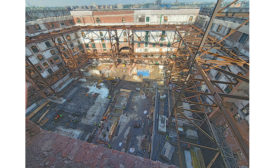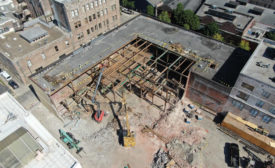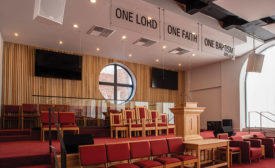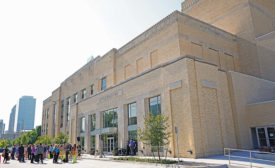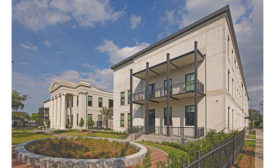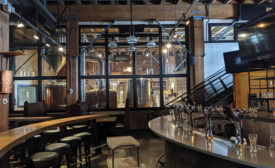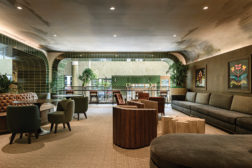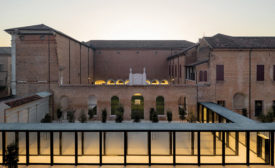Home » Keywords: » renovation/restoration
Items Tagged with 'renovation/restoration'
ARTICLES
Digging Deeper | Renovation/Restoration
2023 ENR Texas & Louisiana Best Projects
Renovation Award of Merit: Oklahoma City Civic Center Music Hall Facility Improvements
December 11, 2023
2023 ENR Texas & Louisiana Best Projects
Texas & Louisiana Project of the Year: Landmark New Orleans Courthouse Born Anew
Massive renovation restored the 170-plus-year-old building and gave it a new life, earning it recognition as ENR Texas & Louisiana’s Project of the Year
Read More
2023 ENR Northwest Best Projects
Award of Merit, Renovation/Restoration: Hatback Bar & Grille
December 11, 2023
2023 ENR Northwest Best Projects
Best Project, Renovation/Restoration: US Bank Center
December 11, 2023
ENR 2023 Global Best Projects
Renovation/Restoration Award of Merit - Palazzo dei Diamanti
December 7, 2023
The latest news and information
#1 Source for Construction News, Data, Rankings, Analysis, and Commentary
JOIN ENR UNLIMITEDCopyright ©2024. All Rights Reserved BNP Media.
Design, CMS, Hosting & Web Development :: ePublishing


